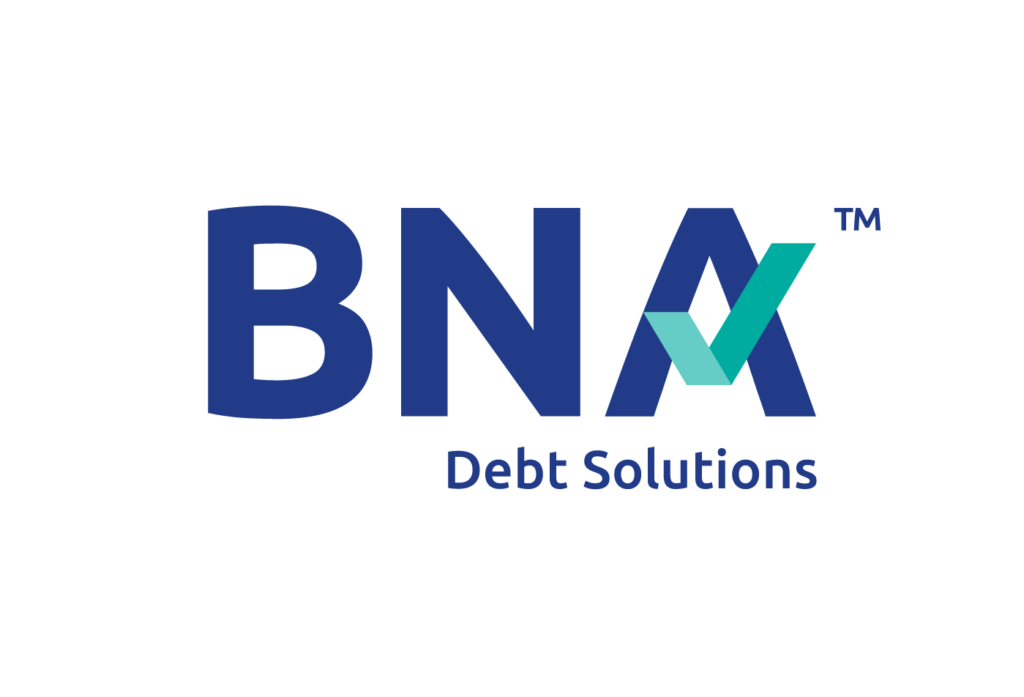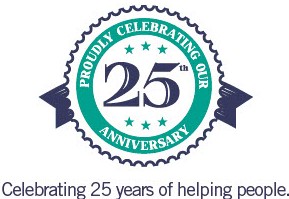Like many aspects of an individual’s financial situation, knowledge is power – but becoming knowledgeable in all the facets of personal finance can be overwhelming. According to a 2017 FCAC report, consumer knowledge around Home Equity Lines of Credit isn’t always a given. In fact, out of nine questions asked, respondents only answered an average of 3 questions about lines of credit correctly.
All of this is to say: if you’re confused, you’re not alone.
Proceed with Caution… And Awareness
If you’ve ever relied on a line of credit, chances are you didn’t plan for interest rates to rise – and perhaps they didn’t rise by the time you paid it off. However, the Bank of Canada has planted the seeds that interest rates of today will not be the same as those in 2022. This means that, while you may have created a repayment plan, a change in interest rates can easily throw your plans off-kilter, leaving you with more debt to pay than before.
Unfortunately, some people also use a line of credit like a chequing account and spend the available funds till they’re gone, only managing to pay back the interest every month.
How Lines of Credit Are Included in Consumer Proposals
If you’re trying to apply for a line of credit, take the time to understand why you are seeking a line of credit and how you can realistically pay it off.
If you own your home, Home Equity Lines of Credit (also known as a second mortgage) are one method of debt consolidation. However, there are many drawbacks to consolidating your unsecured debts. You can’t borrow your way out of debt. We always advise not to jeopardize your family’s home for unsecured debts – after all, there are better (and easier) ways to deal with your debt.
Personal lines of credit are considered unsecured debt, and can therefore be included in a consumer proposal. It’s also important to be aware that some lending institutions will still require “collateral” for the line of credit, which means you may have to pledge other assets against this loan such as your car or high-value household goods.
If you are struggling with debt, pursuing a consumer proposal rather than taking out a line of credit not only simplifies your debt management, but it also skips the ‘middle man’ – a line of credit – without risking your home.
Options Beyond Lines of Credit
With more knowledge about personal finance, you might be wanting to explore other options to reduce or consolidate your debt. The good news is: you have options.
A consumer proposal is a debt consolidation option that allows you to pay off your outstanding debts to creditors with one single payment per month. It’s simple (one payment!) with no additional fees and interest-free. A proposal often outlines a payment structure with a notably reduced amount that can be negotiated with your creditors through a Licensed Insolvency Trustee. Types of debt that can be included in a consumer proposal include credit cards, some lines of credit, personal loans, payday loans, and income taxes.
When a consumer proposal works best
If you are able to make partial payments towards your debts, a consumer proposal is a great option to take control of the money you owe, avoid bankruptcy, and reduce a significant chunk of your debt without getting bogged down by mounting interest and additional fees.
Consumer proposal payments
Personal finances can get overwhelming very quickly. If you have multiple kinds of debt, a consumer proposal can simplify your debt management. Reduce your monthly payments and make them reasonable and affordable.
How it affects your assets and credit score
The maximum length of time a consumer proposal will affect your credit report is six years (includes the five year term of the proposal plus one year), but the faster you can pay it off, the sooner you can restore your credit. Six years might seem like a long time, but trying to pay off your debt with interest may take 20 years or more even if you never use any more credit. Plus, these six years aren’t a complete write-off for your credit, either! You can also start to rebuild your credit during the proposal.
As for your assets, a consumer proposal protects your assets from your unsecured creditors. Mortgage and car payments aren’t included in a consumer proposal repayment plan, so you will need to continue to make payments on these loans in order to keep them. That said, if you’re upside down (meaning you owe more than it’s worth) on your mortgage or car loan and you’re willing to walk away from the asset, your consumer proposal can also include these debts.
Consider Your Options
Filing a consumer proposal is a positive step towards your debt management, and the effect on your credit rating can be temporary and far less damaging than relying on credit more and more.
Consider us your gurus for money and debt management. Start here to discuss your options with us.





